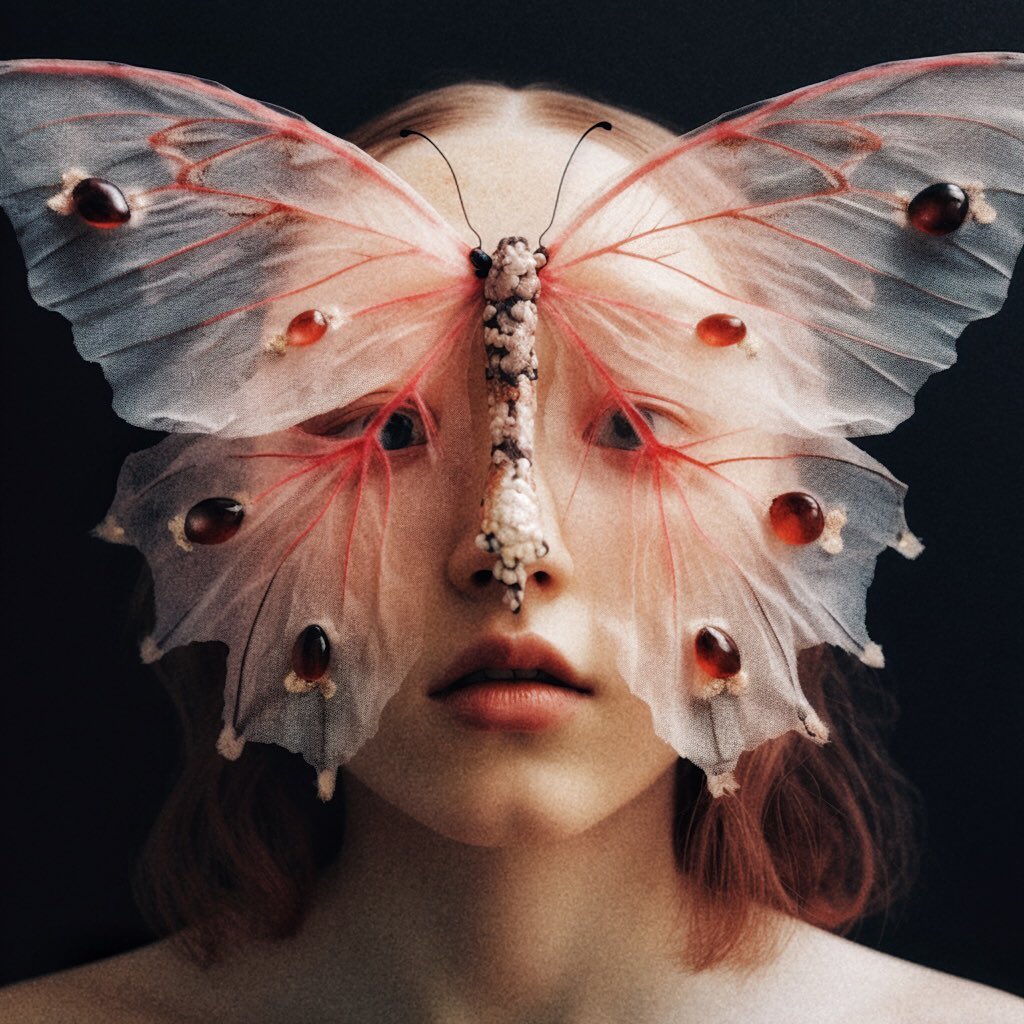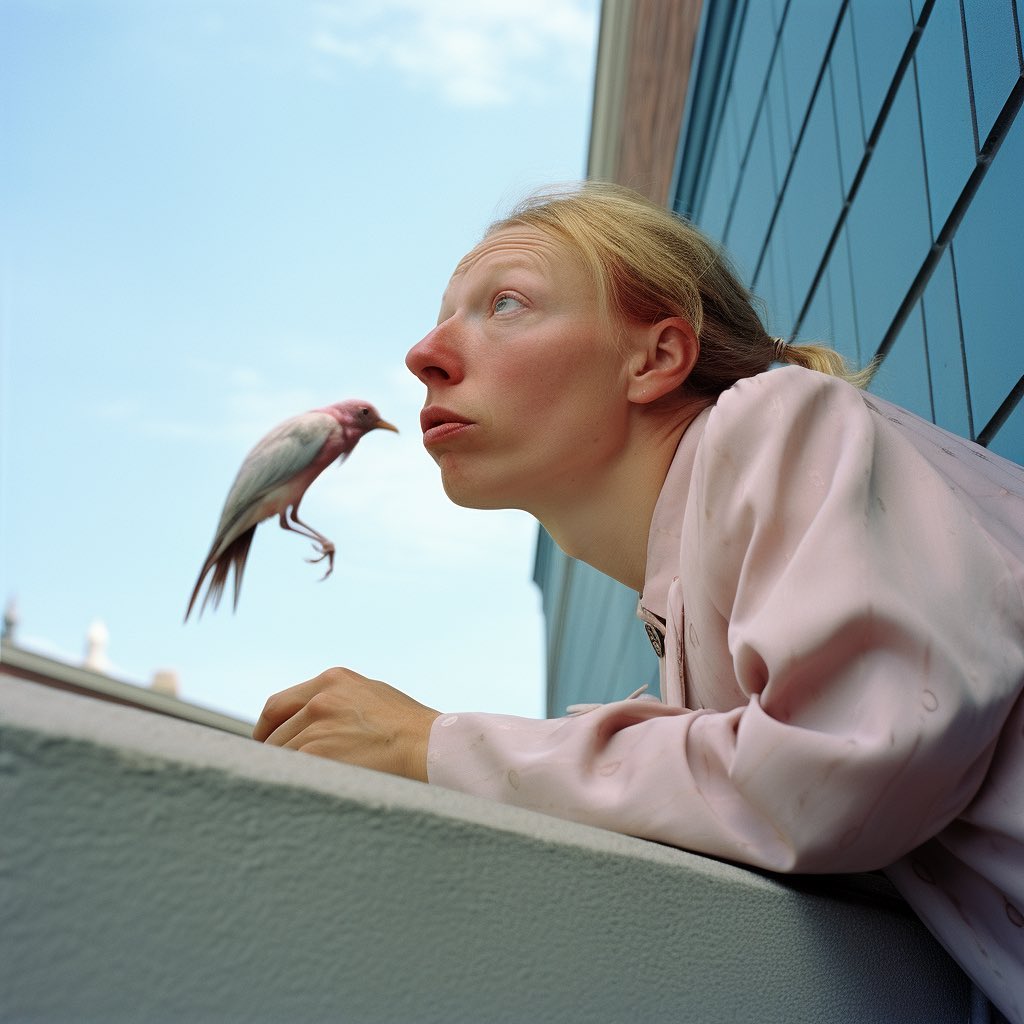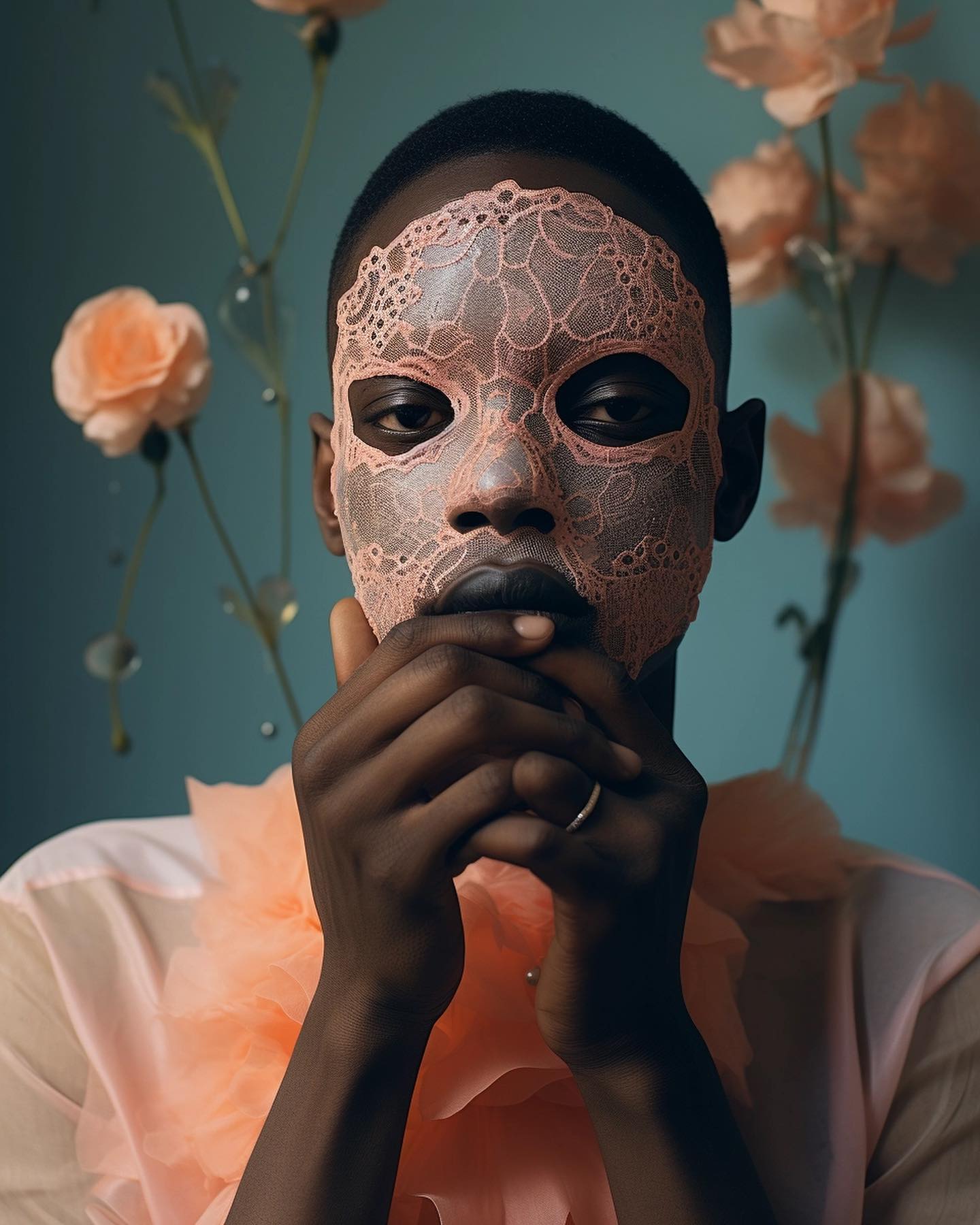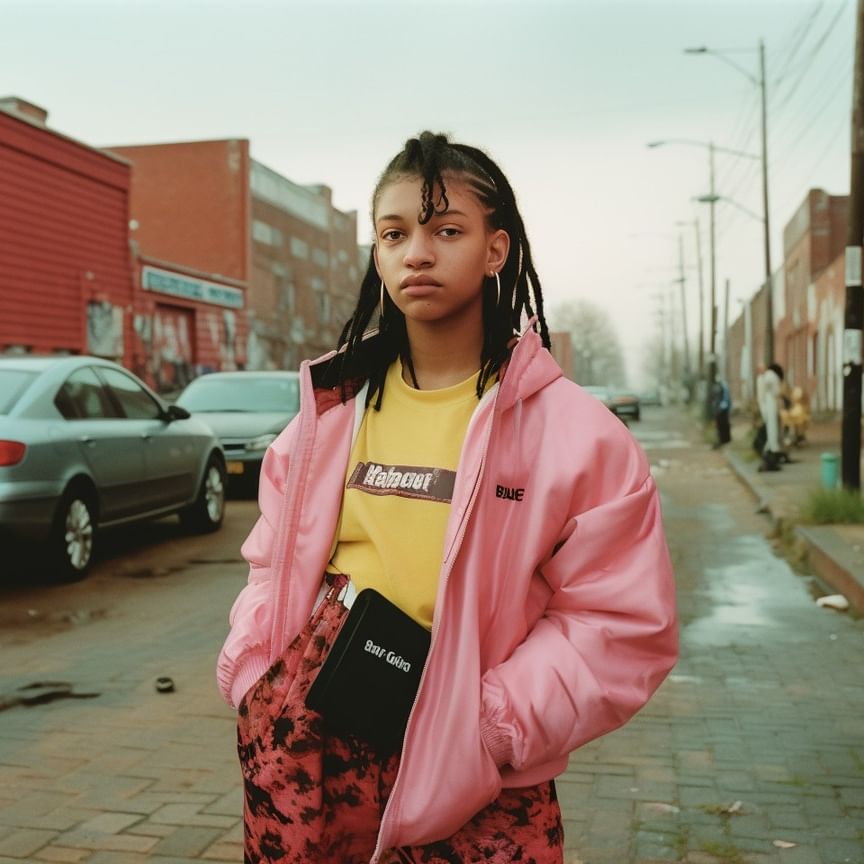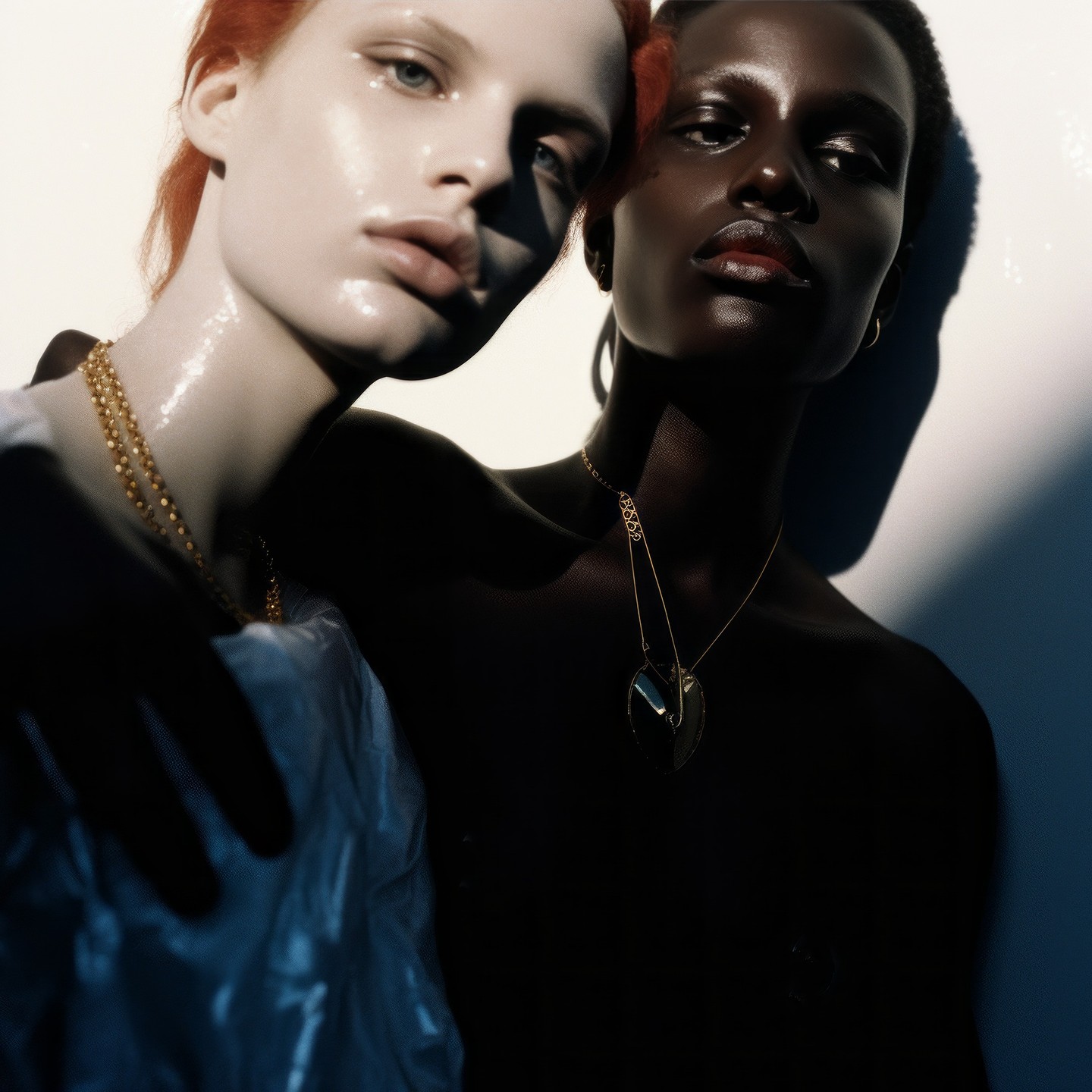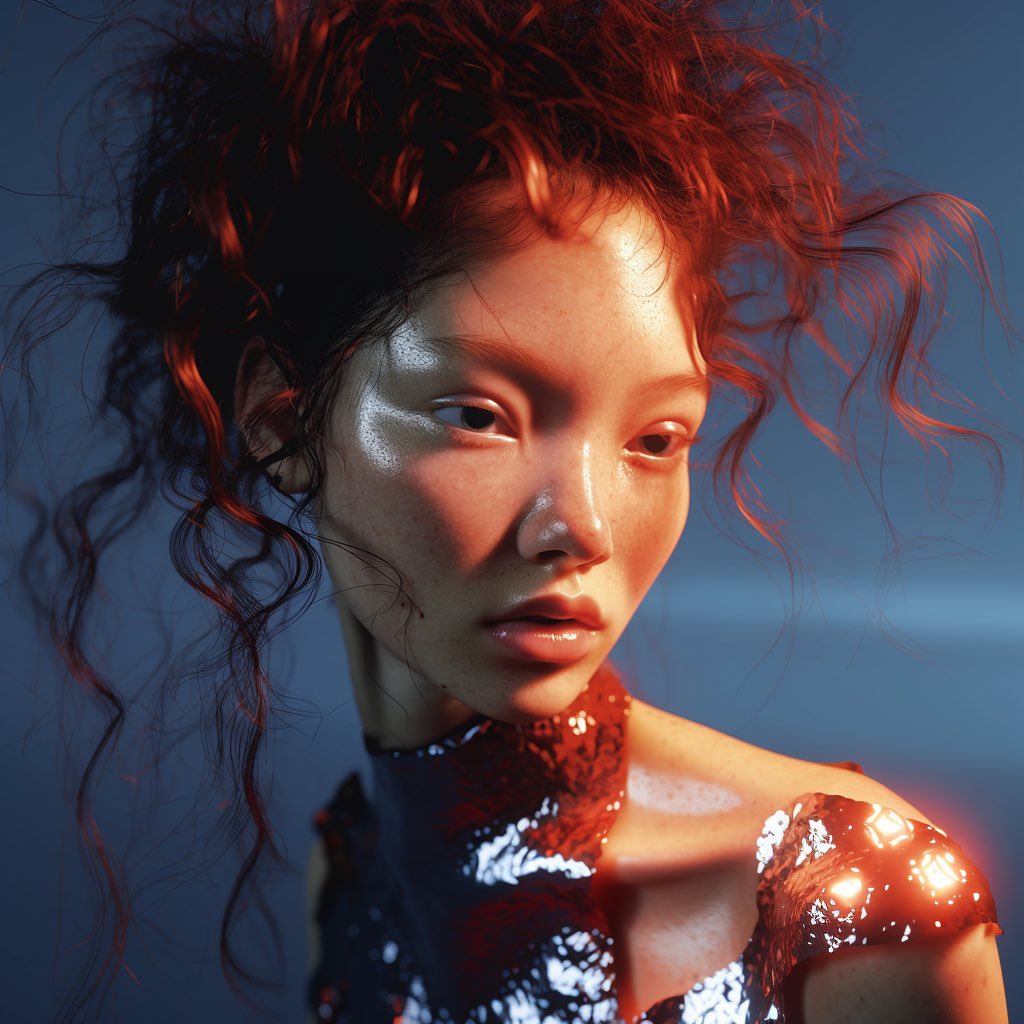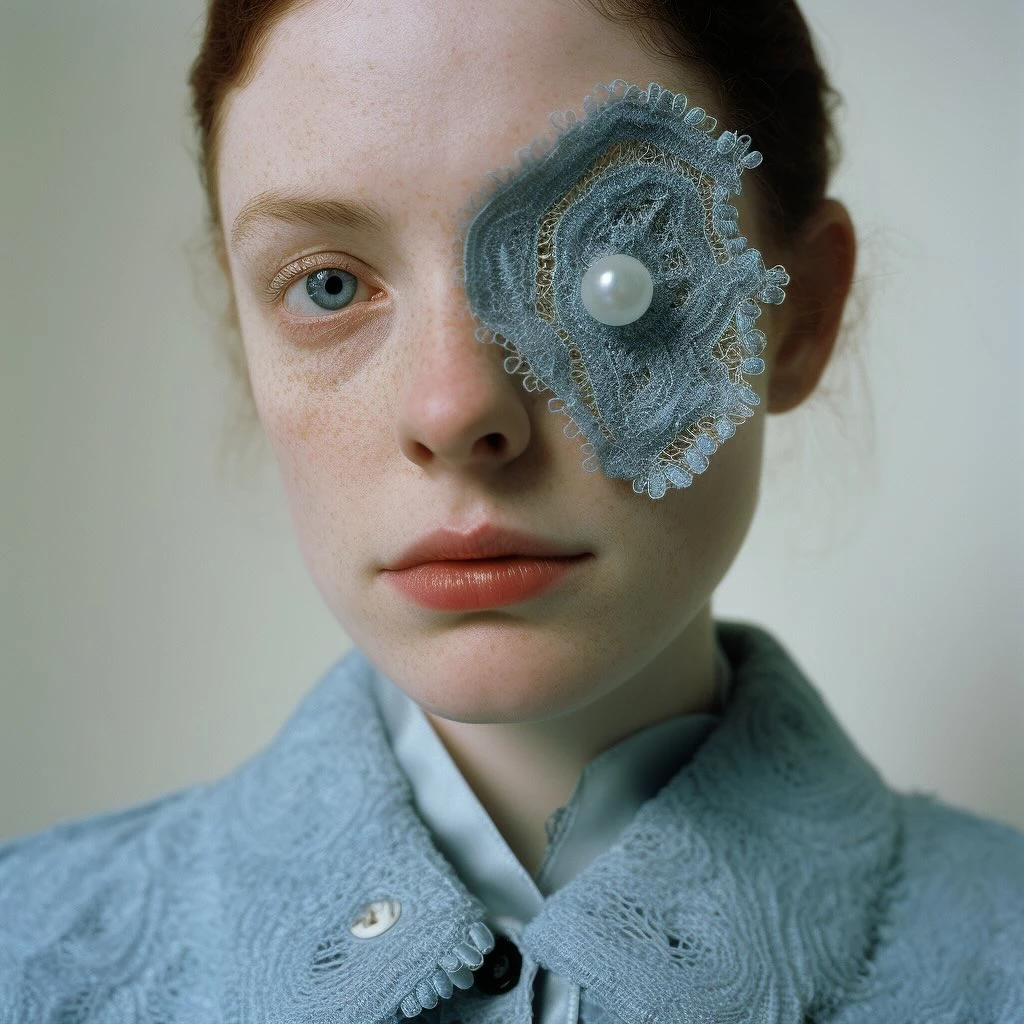
- Date
- 10 NOVEMBER 2023
- Author
- GLORIA MARIA CAPPELLETTI
- Image by
- AI ARTISTS
- Categories
- RADAR Newsletter
OpenAI's Epoch: The Custom AI Revolution and the Personalized Future
OpenAI's Epoch is not just transforming the creative landscape; it's redefining the parameters of community and individual expression. In today's edition of RADAR by RED-EYE, we explore the landmark events of OpenAI's inaugural DevDay, held on November 6, 2023, in San Francisco, California. This link offers you access to view the event. This pivotal conference, led by Co-Founder and CEO Sam Altman, marked a significant milestone for OpenAI, showcasing breakthrough advancements and setting the stage for a future where AI is deeply personalized, revolutionizing the realms of technology and innovation.
The developments announced at OpenAI's DevDay suggest a future rich with potential. The new Assistants API promises a range of applications, from natural language processing to sophisticated problem-solving. The inclusion of vision in GPT-4 Turbo expands its functionality to interpret images, offering real-world applications such as aiding visually impaired individuals. DALL·E 3 introduces a new era of image generation, enabling bespoke visual creations for industries and campaigns. Furthermore, the advent of GPT-4 fine-tuning and the Custom Models program at OpenAI indicate that everyone will be able to build with natural language (you won't need coding skills), share and sell GPTs, that is a stride towards highly personalized AI. These GPTs are customizable forms of ChatGPTs that aim for an expanded knowledge, as they promise the ability to create AI agents to many more people, even if they are not developers or coders, that is truly a new technological and social revolution. Some people think that these updates might possibly pave the way for AGI models that could rival human cognition and creativity.
The pace of AI evolution is astonishing, rapidly transforming into a widespread revolution. I've often been asked about the difference between AI and AGI, so let's clarify. Artificial Intelligence (AI) involves machines performing tasks that typically require human intelligence, such as problem-solving, speech recognition, and language translation, usually within specific, predefined parameters.
Contrastingly, Artificial General Intelligence (AGI) represents the idea of a machine capable of understanding, learning, and applying knowledge in a manner indistinguishable from a human, across any domain. AGI embodies the flexibility and adaptability of human cognition, capable of performing any intellectual task that a human can. So, while AI focuses on specific tasks, AGI is conceptualized as a versatile and comprehensive form of intelligence.
OpenAI's DevDay announcements, particularly those related to advancements in AI technologies and model customization, certainly represent significant strides in the field of AI. However, the transition from AI to AGI is a much larger and more complex leap. While these developments indicate progress towards more sophisticated and adaptable AI systems, achieving AGI – a level of intelligence on par with human cognition across all domains – remains a formidable challenge in the field. OpenAI's innovations are crucial steps forward, but the realization of AGI is a long-term goal that will likely require many more breakthroughs and advancements.
As said by Sam Altman during the OpenAI's DevDay, AI personalization doesn't necessarily require the user to be a coder. Many AI systems are designed with user-friendly interfaces allowing non-technical individuals to benefit from personalization. This could include AI that tailors its interactions based on the user's preferences, learning style, or behavior patterns. For instance, a personalized AI could be a virtual assistant that adapts to your schedule and tasks, a content recommendation system that learns what articles, books, or movies you like, or an AI tutor that adjusts its teaching methods based on your learning progress and styles. These systems are often designed to be intuitive, so users can personalize their AI experience without any coding knowledge.
These innovations suggest a future where AI could become an integral part of our creative identity, changing not just how art is made but potentially how it's perceived and valued. For researchers and tech-savvy readers, these developments could mean delving into questions about the nature of creativity, the ethics of AI in art, and the implications of such technology on the traditional art market and copyright law.
AI's potential lies not only in creating art but also in deciphering and understanding it, potentially leading to new insights into historical art movements through pattern recognition and analysis. The interplay between AI and human creativity could give rise to hybrid art forms, where the line between artist and tool becomes increasingly blurred.
As for the future, if the current trend is an indicator, we can expect AI art to permeate more deeply into the cultural zeitgeist. The growing number of users and their engagement points toward an ecosystem where AI and human creativity coalesce, possibly birthing new genres of art, new forms of expression, and indeed, new narratives in the history of art. In the next five years, AI could potentially redefine not just the way art is created, but also how it's consumed, critiqued, and appreciated, heralding a new epoch in the chronicles of human creativity.
This edition of RADAR by RED-EYE has been curated to ignite discussions about the uncharted potential of AI in revolutionizing our perception of creativity and art. It explores how AI platforms are fostering inclusive artistic communities and transforming art creation, while OpenAI's latest developments suggest a future where art becomes a highly personalized and collaborative endeavor.
In light of these advancements, we leave you with one question: How might the continued evolution of AI redefine our very concept of artistic creation and the role of the human creator within it?
AI-Generated text edited by @gloriamariagallery
